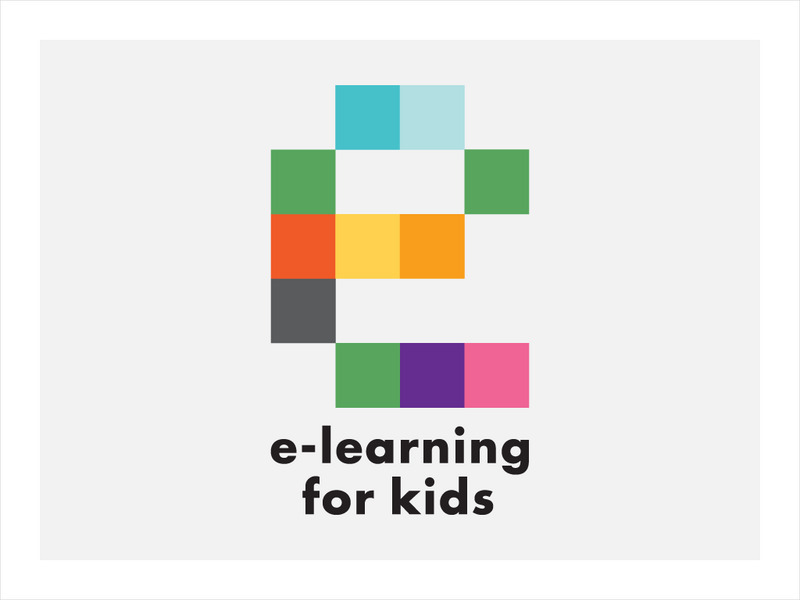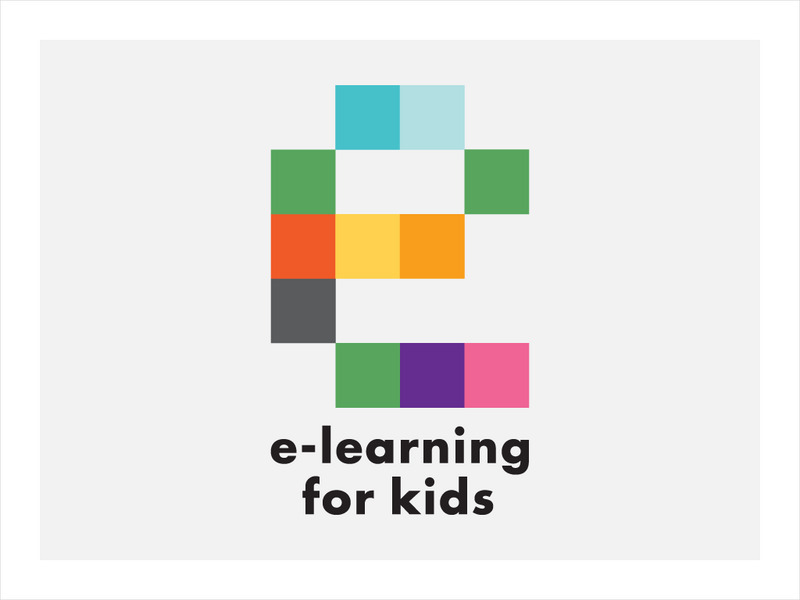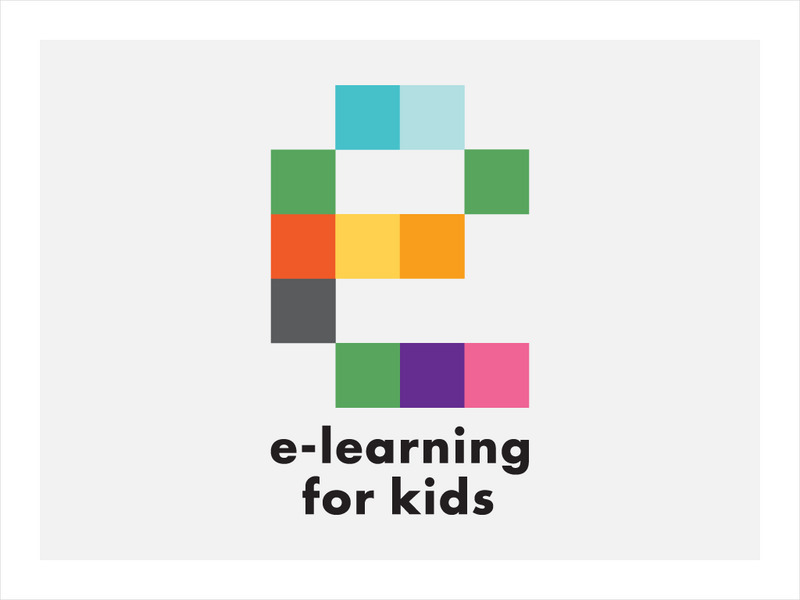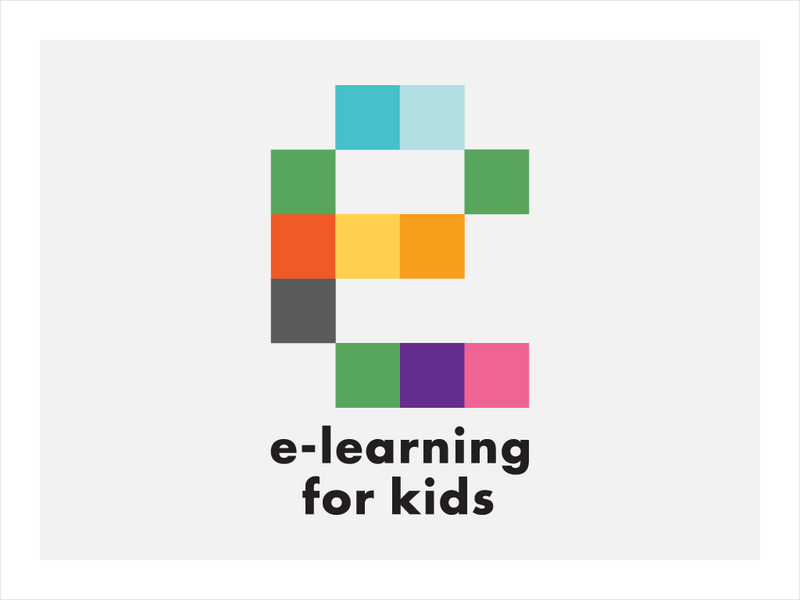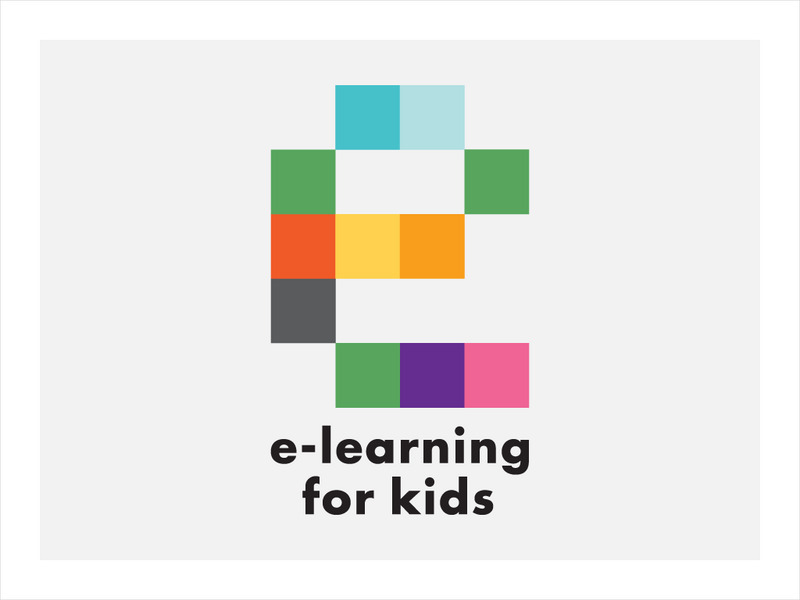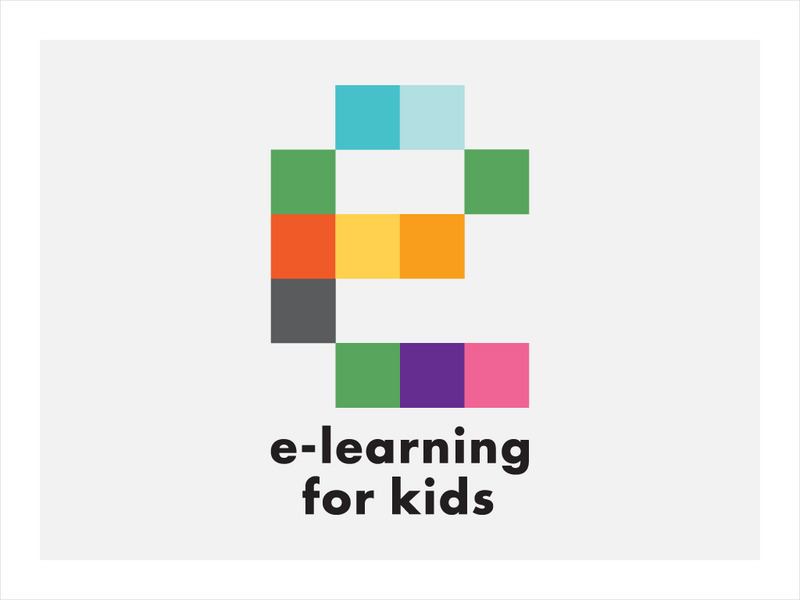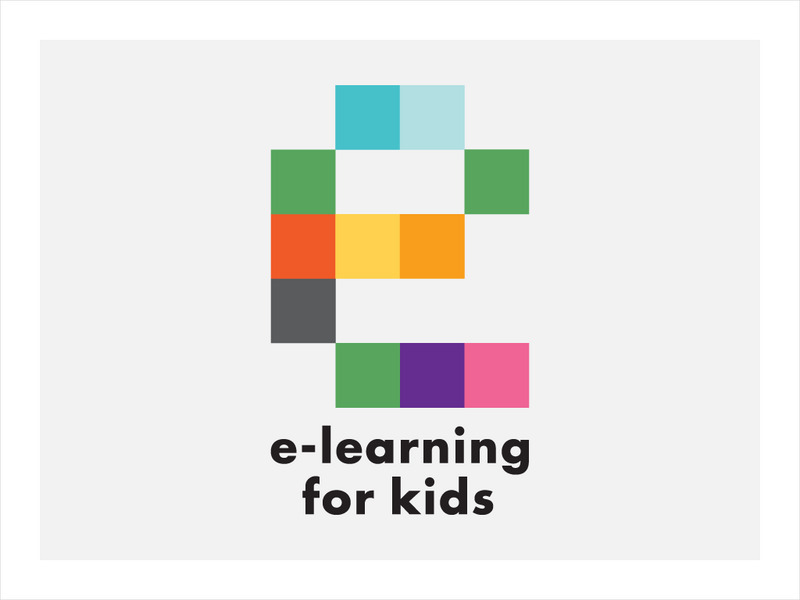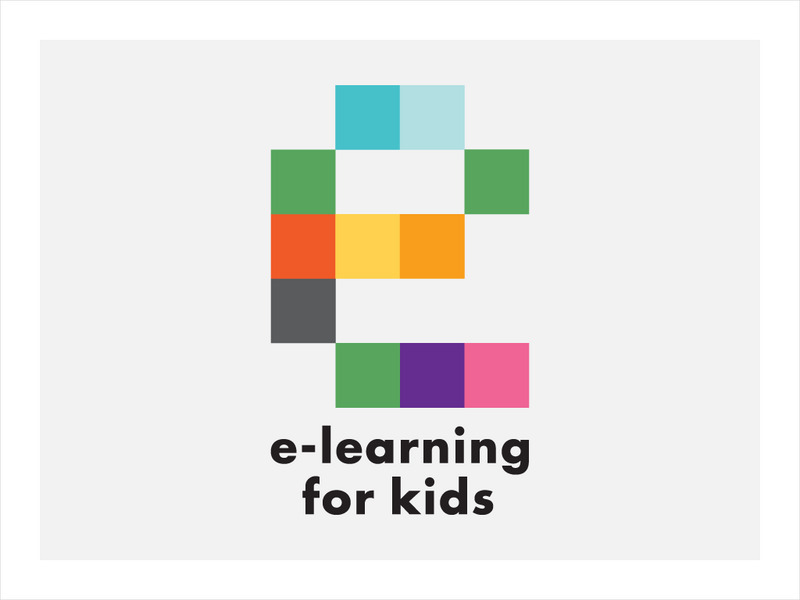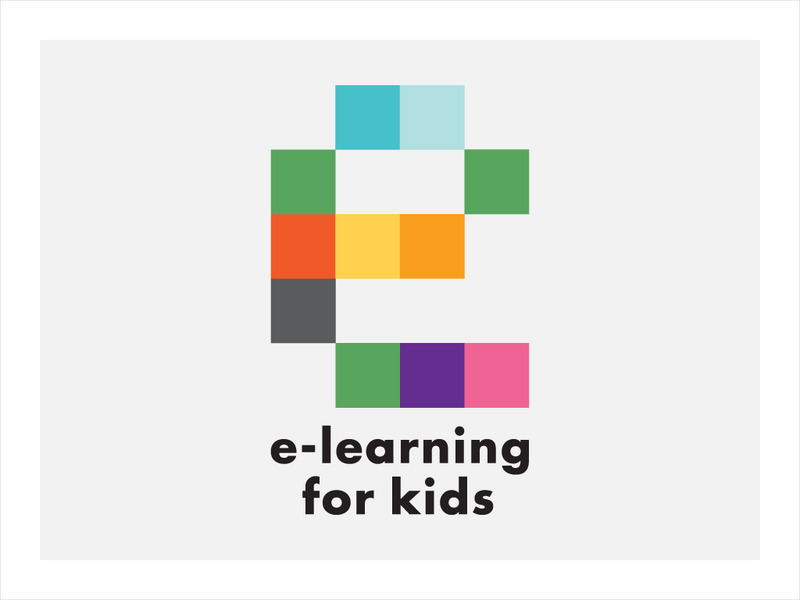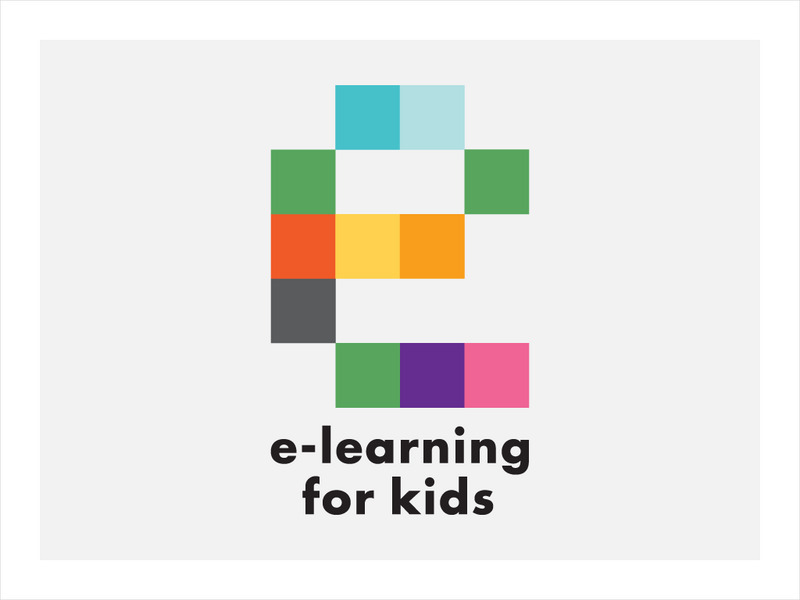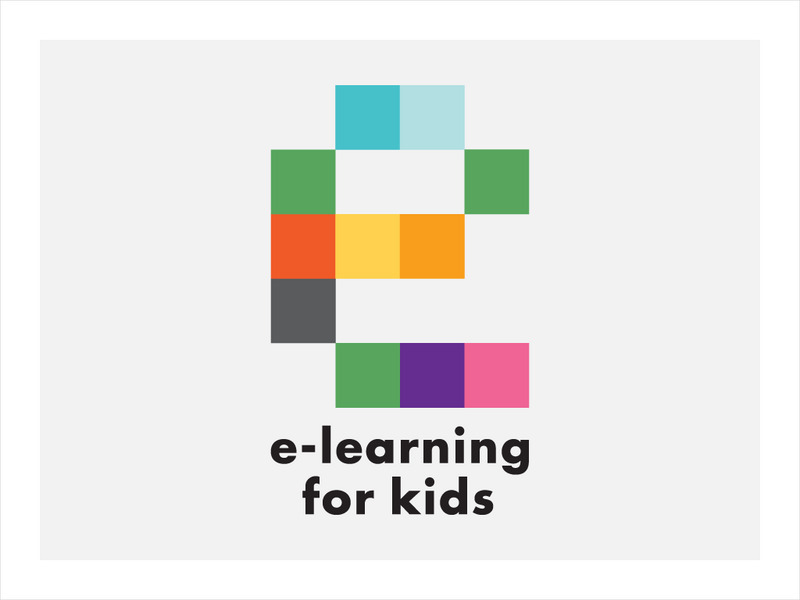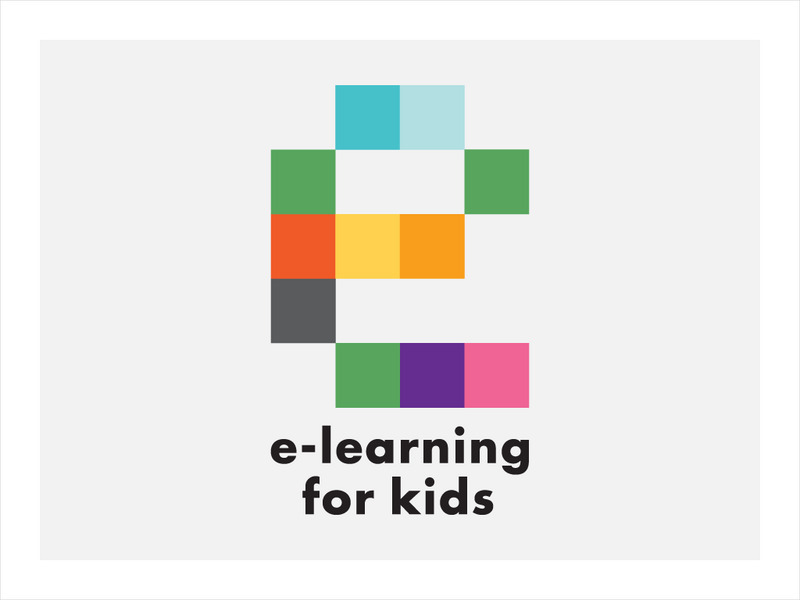E-learning for Kids
E Learning for Kids: Science: Vikings: What Is an Electric Circuit?
The god of thunder, Thor, controls thunder and lightning. Let's ask Thor about electric circuits.
E-learning for Kids
E Learning for Kids: Science: Bay of Whales: Calculating Speed
Amelia is a researcher. She studies the speed of animals. Join her in Antarctica to help her figure these calculations.
E-learning for Kids
E Learning for Kids: Science: Atlantic Ocean: What Is Temperature?
Students learn the difference between heat and temperature, how temperature is measured, and about the Celsius scale.
E-learning for Kids
E Learning for Kids: Norway Fjords: What Are Solids, Liquids and Gases?
The differences between solids, liquids, and gases and the properties of each are presented in this lesson.
E-learning for Kids
E Learning for Kids: Science: Netherlands: What Are Permanent and Temporary Changes?
In this lesson, students match a substance with its state of matter, identify what state something is, and learn about temporary and permanent changes in matter.
E-learning for Kids
E Learning for Kids: Science: Loch Ness: What Happens When Solids and Liquids Are Heated or Cooled?
Students will look at what happens to different types of matter when they have a change of state.
E-learning for Kids
E Learning for Kids: Science: Alexandrian Lighthouse: What Are Properties of Magnets?
Learn about the properties of magnets, what metals are attracted to them, what magnetic poles do, and about repulsion and attraction.
E-learning for Kids
E Learning for Kids: Science: Pirates: What Is Sound?
In this lesson, students learn about sound vibrations, pitch, how frequency is measured, and about the recommended upper decibel limit of noise.
E-learning for Kids
E Learning for Kids: Science: Seychelles: How Do We Hear?
This lesson teaches students about how sound vibrations are transmitted through solids, liquids, and gases, and about how materials may absorb sound.
E-learning for Kids
E Learning for Kids: Cayman Islands: Turtle Beach: What Controls Our Body?
This lesson explains how the five senses work together with the nervous system and the brain to give us essential information about the world around us.
E-learning for Kids
E Learning for Kids: Science: Winery: Why Can We See Through Some Objects but Not Others?
Learn about the properties of materials in their interactions with light, including whether they are opaque, transparent, or translucent, and which of these produce shadows.
E-learning for Kids
E Learning for Kids: Science: Pirates: What Are Some Forces Around Us?
Covers the meanings of force, friction, and gravity, and the differences between magnetic and elastic spring force, and between weight and mass. The effect of air resistance on an object's motion is also touched upon.
E-learning for Kids
E Learning for Kids: Science: Antarctica/ What Are the Different Parts of the Universe?
In this lesson, students learn about objects in the universe, including constellations, planets, meteors, asteroids, and comets.
E-learning for Kids
E Learning for Kids: Antarctica Penguins: How Does the Moon Influence the Tide?
This lesson explains how the moon affects tides on Earth and about the different types of tides.
E-learning for Kids
E Learning for Kids: Science: Antilles: What Are the Different Forms of Energy?
Students will learn about the different types and sources of energy, including heat and light, electrical, potential, and kinetic energy.
E-learning for Kids
E Learning for Kids: Science: Pirates: What Is Energy Conversion?
This lesson covers the different types of energy, the definitions of kinetic and potential energy, how energy can be converted into different forms, and the law of conservation of energy.
E-learning for Kids
E Learning for Kids: Science: Cayman Islands: What Is Energy Conservation?
Renewable and nonrenewable energy sources are described, different types of energy, and how energy can be conserved.
E-learning for Kids
E Learning for Kids: Norway Vikings: How Are Animals Adapted to Their Environment?
Learn about the patterns of adaptation in animals in response to changes to their environment. These can be in relation to things such as diet, survival against predators, or a change of habitat.
E-learning for Kids
E Learning for Kids: Madagascar: What Are Tectonic Plates and How Are They Moving?
This lesson teaches students about tectonic plates, plate boundaries, and their role in earthquakes and volcanoes.
E-learning for Kids
E Learning for Kids: Science: Seychelles: Earthquakes and Effects
Students learn about what happens inside the Earth to cause an earthquake, how earthquakes are measured, their impact on the surface, and safety precautions to take during an earthquake.
E-learning for Kids
E Learning for Kids: Antarctica: Penguins: What Are the Different Aspects of the Weather?
For this lesson, students learn about the different types of weather and the factors that impact them, including air pressure, humidity, sun and wind.
E-learning for Kids
E Learning for Kids: Science: Antarctica Research Center: Describe Different Weather Patterns
This module provides informational text about weather. Students will learn about precipitation and storm fronts. Students will also learn about different types of storms, including the following: hurricanes, cyclones, and typhoons.
E-learning for Kids
E Learning for Kids: Science: Bikini Atoll: Human Development (Baby to Old Person)
Students will learn about some characteristics of different age groups, including mobility and what they eat.
E-learning for Kids
E Learning for Kids: Science: Canary Islands: Seasonal Changes: Name the Characteristics of the Seasons
For this lesson, students learn how to identify the different seasons by their characteristics.




